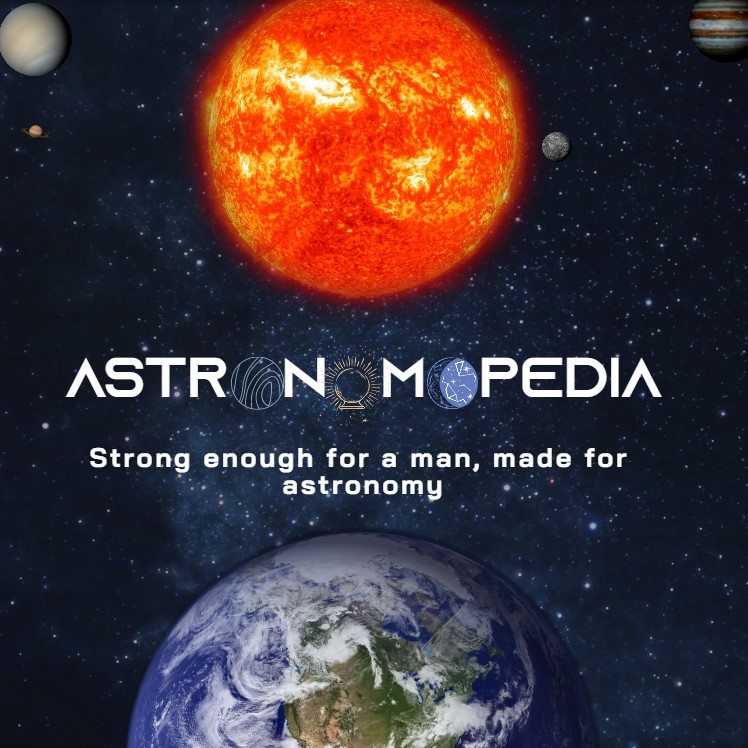
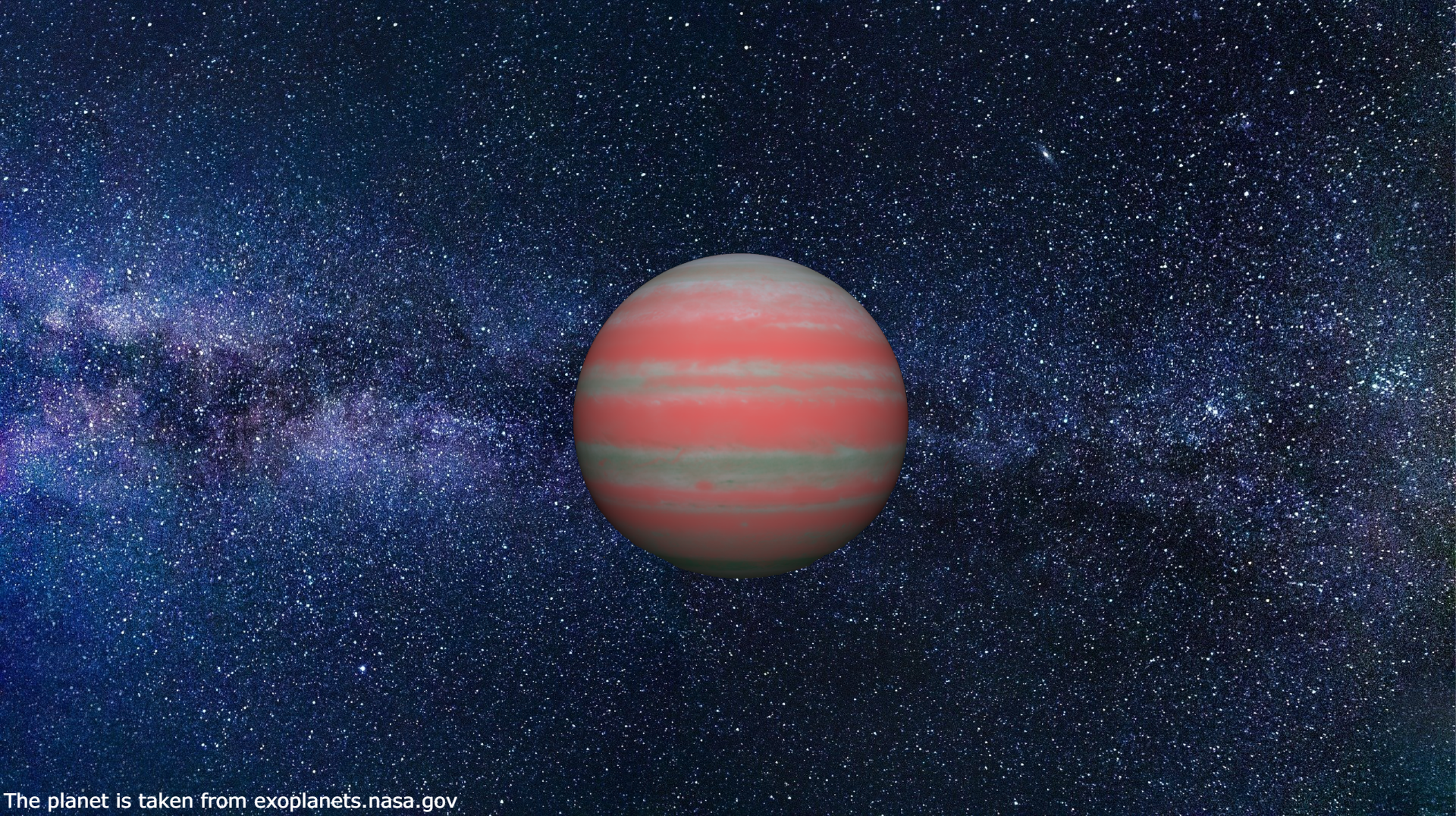
Gliese 436 b
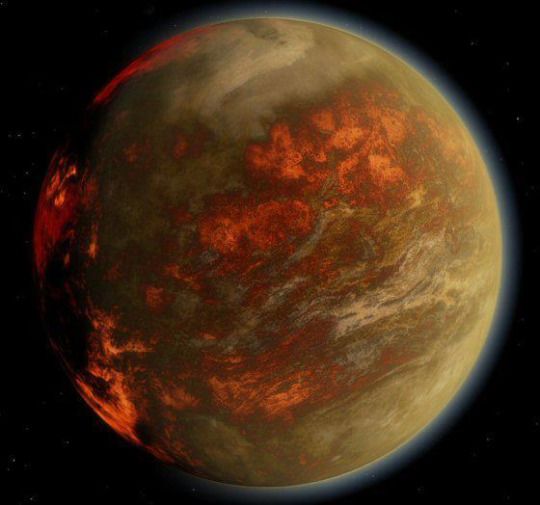
What is Gliese 436 b?
Gliese 436 b (formerly GJ 436 b) is a Neptune-sized exoplanet orbiting the star Gliese 436, which is a red dwarf star located in the zodiac constellation of Leo. Gliese 436 b was the first hot Neptune discovered with certainty prior to the Kepler discoveries in 2010. NASA reported in December 2013 that clouds might have been detected in GJ 436 b's atmosphere.
What is special about this exoplanet?
Gliese 436 b orbits its star at a distance 15 times closer than Mercury is to the Sun. Ice is found on this exoplanet, and it remains completely solid at 439° above its melting point. This is due to the gravity being so incredibly strong that it compresses the trace amounts of water vapor in the planet's atmosphere into solid ice and prevents it from melting, no matter how much it burns.
Morphology
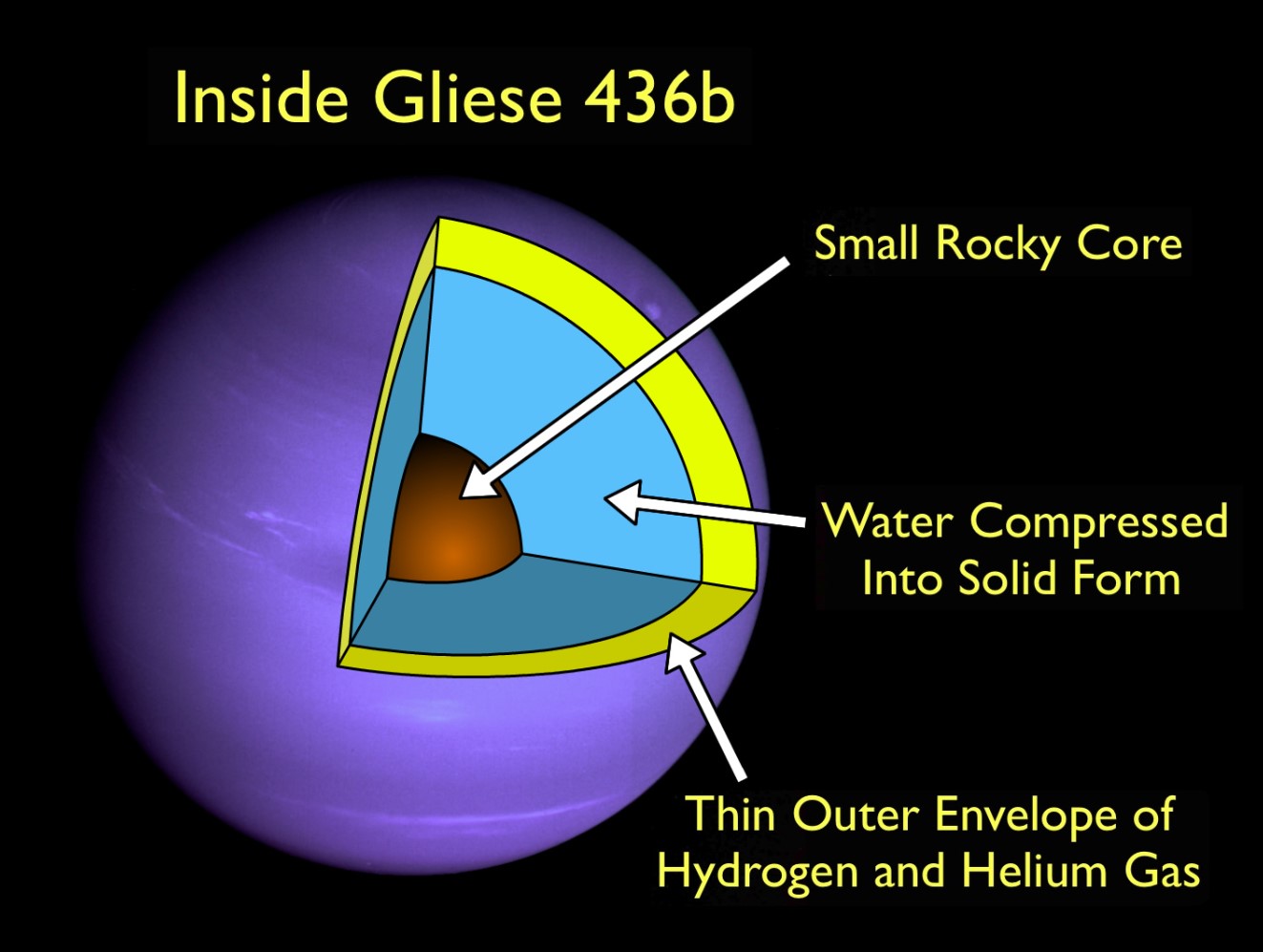
Geomorphology
The radius of Gliese 436 b is 27,567 km (17,129.33 miles) and the area of its surface is 9,549.681,263.26725 km² (3687151035.11 miles²).
Anatomy
Hot ice in exotic high-pressure forms was initially predicted to be the main constituent in Gliese 436 b. As the radius became better known, ice alone could not explain the observed size. To account for the observed planetary radius, an outer layer of hydrogen and helium, which accounts for up to ten percent of the mass, would need to exist on top of the ice. Thus, an ice core is not required. Alternatively, the planet may be composed of a dense rocky core surrounded by a lesser proportion of hydrogen. Spitzer observations of the brightness temperature of this exoplanet suggest a possible thermochemical disequilibrium in its atmosphere. The dayside atmosphere of Gliese 436b is abundant in carbon monoxide (CO) but deficient in methane (CH4) by a factor of *7,000, according to a study. At this temperature, atmospheric carbon should prefer CH4 over CO, based on current models. As a result, it has also been hypothesized to be a possible helium planet. Scientists reported in June 2015 that the atmosphere of Gliese 436 b was evaporating, resulting in a giant cloud around the planet and, because of radiation from the star, a long tail that measured 14*106 km (9*106 mi).
Gliese 436 b has a mass of 23.424 times Earth (132,578,400,000,000,000,000,000,000 tons) and has a density of 1.510 g/cm³.
Tectonic plates
Studies of the tectonic plates of Gliese 436 b has yet to be made.
Location
Gliese 436 b is 33.01 light-years away from Earth. Its orbital distance is 0.03 AU.
Physico-chemical properties
Gliese 436 b mainly consists of hot ice, helium, hydrogen, carbon monoxide, and methane.
Temperature
This exoplanet has a surface temperature of approximately 520 K (246.85°C | 476.33°F).
Age
We do not know the age of Gliese 436 b.
Force fields
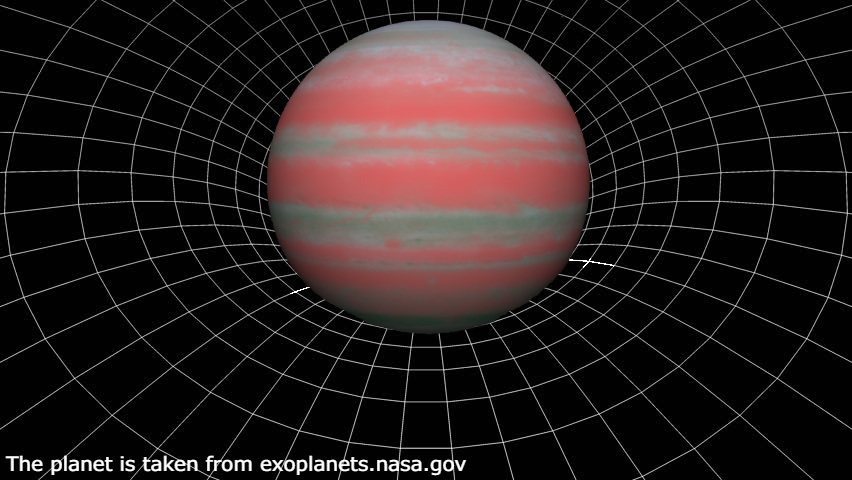
Gravitational force
This extra solar planet has a surface gravity of 11.57 m/s² (37.959318 ft/s²).
Magnetic field
Gliese 436 b's magnetic field remains a mystery.
Motions
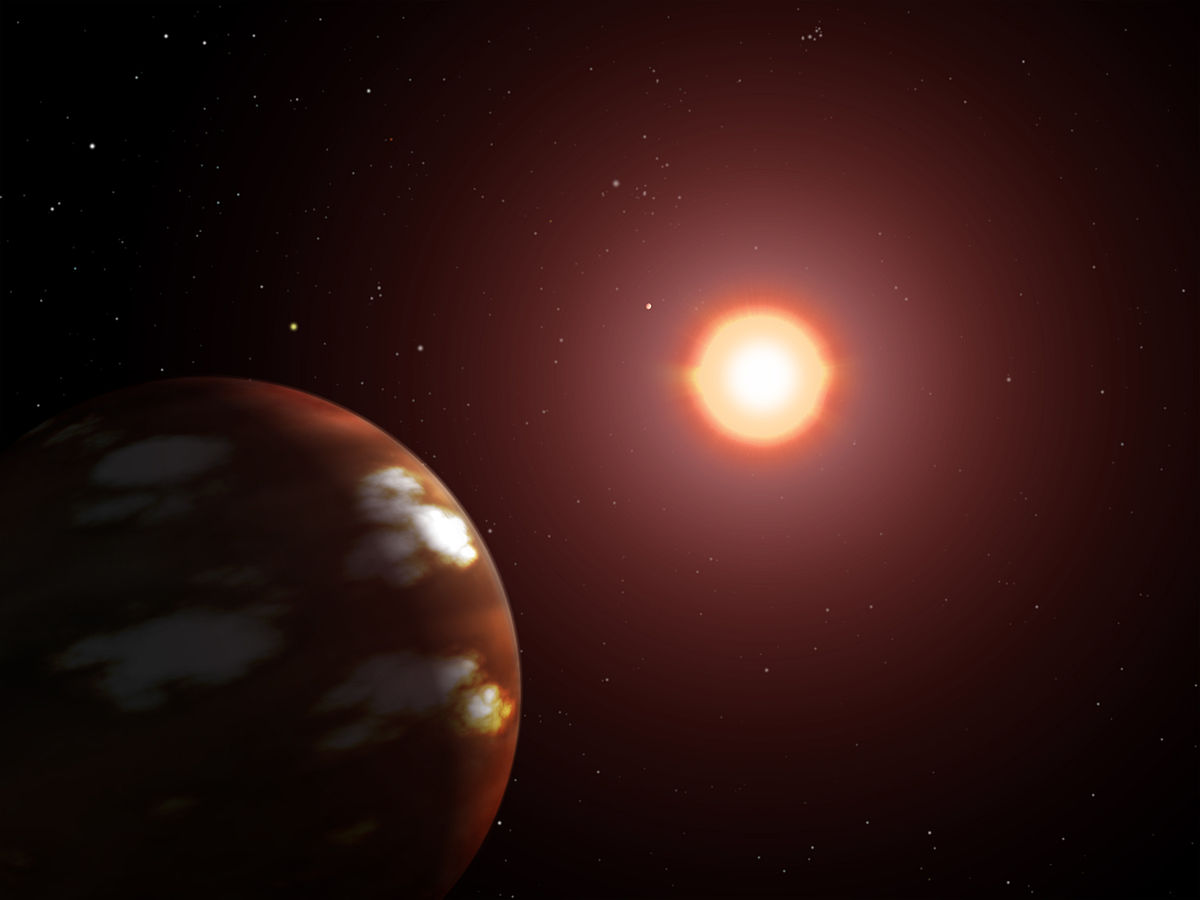
Orbit
It takes this exoplanet 63 terrestrial hours to orbit its host star.
Rotation
We do not know the time it takes for it to rotate on itself.
Satellite systems
Moon system
Gliese 436 b does not have any moons.
Ring system
Gliese 436 b does not have a ring system.
Author: William Homier
Editor: William Homier
This page was last edited on 11 June 2022, at 20:30 (HAE).
Sources:

